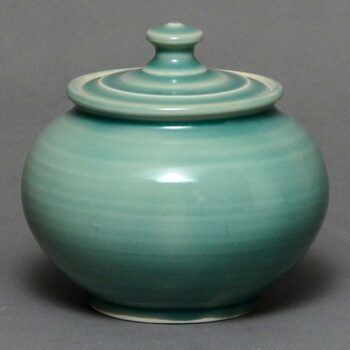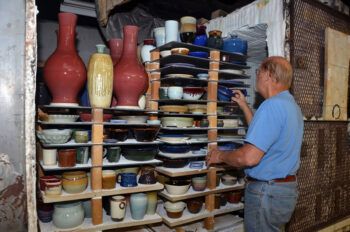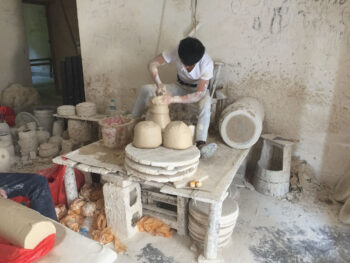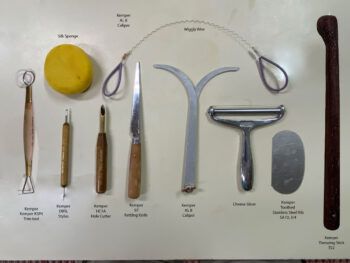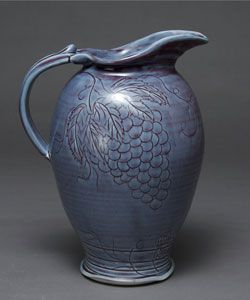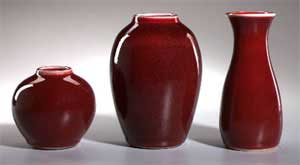As you can imagine spending six weeks in China was a really big adventure for me. I was an “artist resident” at The Pottery Workshop for a month, with two meals a day provided except on weekends. The Pottery Workshop’s mission is not teaching. It’s mission is to facilitate artist in doing whatever they want related to pottery, art, creating and learning. You can produce work in your own private studio space, or visit other potters and craftsmen, or basically do whatever interests you. There are 12 studio spaces. If you and a few other artists want to learn about something the pottery workshop can help make that happen. For example, another person and I wanted to learn about brush making. The Pottery Workshop helped us to set up a three-hour lesson with a translator and brushmaker. The same goes for whatever you want to learn. You can practice in your studio.
China and Cuba are the most challenging places I have been, with Brazil coming in third. In China the language barrier is huge. I could only read a few characters. I had difficulty hearing the nuances and inflection of speech, and of course, spoke poorly. One of the hardest things for me was the difficulty with internet access, online research, and phone calls. More in that in the next post.
On the positive side, I saw and learned amazing things, the food agreed with me, I made new friends, lost weight, and did a lot of walking. The walking helped me in my recovery from my total right knee replacement surgery last April. It has been seven months since surgery and healing is still continuing. My right knee is still warm to the touch, compared to my left.
The following is some general information about porcelain and the city of Jingdezhen, China, where I was from September 1 to October 10, 2018. More posts will follow each week for a while.
You are very lucky to be working with porcelain. Here’s why.
This video, filmed in 1981, is still a fairly accurate representation of how things are done today. Notable differences are that the city is no longer full of smokestacks and air pollution from wood and oil-fired kilns. Furthermore, saggers are no longer needed because of cleaner propane firings. The kilns I was were identical to mine, only larger. Today workshops are smaller, but the handwork is still done as it was in 1981 and for hundreds of years before that. Forming methods I saw include throwing, jiggering, casting, and slab construction. I did not see any pressing. Everyone is still a specialist, and it takes many hands to make a single pot. They say there are 72 steps to completing each pot, and the process might involve two dozen different people.
More later….
Any comments?


